Over the course of the next two years, in time for the New Orleans Tricentennial in 2018, I will be writing a narrative history of the Bayou St. John and its immediate environs (tentatively called Bayou St. John: A Brief History) to be published by The History Press. The History Press has published many local New Orleans authors, like my good friend Benjamin Morris for his book on the history of Hattiesburg, Mississippi, and Brian Boyles for his book New Orleans Boom and Blackout: One Hundred Days in America’s Coolest Hotspot.
I feel truly honored to have been given this opportunity to explore a small part of New Orleans’ vibrant history, a history I’ve engaged with extensively in my creative work, over the course of the next couple years. I know I will be meeting and learning from some of the city’s finest researchers, historians, and scholars—not to mention some of its most loyal long-time residents. My job will be to listen closely, to notice patterns, to get elbow-deep in files and archives, and to present it all as concisely and compellingly as possible.
Expect factoids and blog posts, tweets and photos! If you’re a New Orleans resident, and you come across someone or something that might be of relevance, don’t hesitate to reach out! It takes a village, especially for a project like this. I’d love to hear from you.
Without further ado, let me introduce you to the finest small water body in the whole of New Orleans: Bayou St. John!
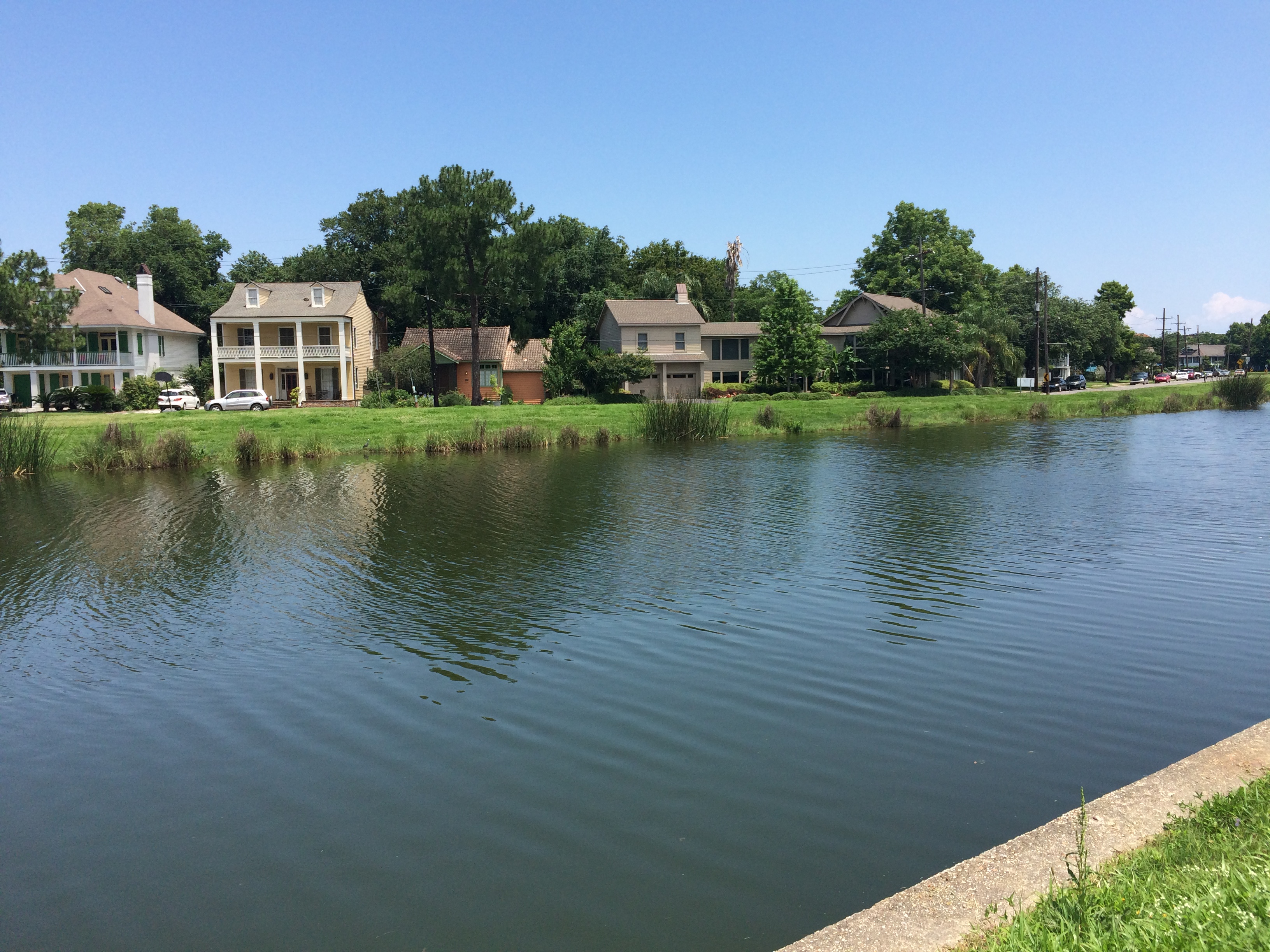
The bayou flows south from Lake Pontchartrain alongside City Park; it’s like a skinny arm reaching down toward the crescent formed by the curve of the Mississippi, truncating in what could be considered the city’s center, in the Mid-City neighborhood of New Orleans.
Here I am (the blue dot), at one of the bayou’s little elbows.
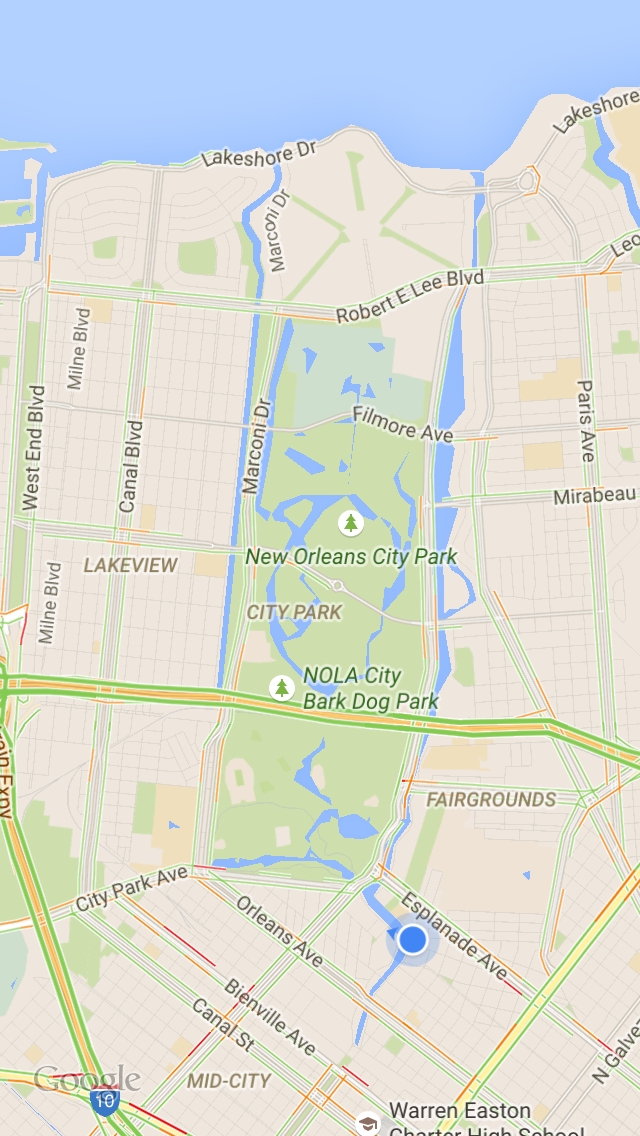
The bayou—a recreational hotspot crisscrossed with historic bridges, lined with beautiful houses, host to several annual festivals and celebrations, etc. etc.—has played an important role in the cultural and geographic development of the city from the time of its founding to the present day. Each of the neighborhoods that have grown up around it, in their own way, tell an important piece of the greater narrative of the city’s history. More on all of this to come, of course.
For now, GEESE!

And a tantalizing snippet of info about the portage route stretching from the edge of the bayou to the rear of the French Quarter—a ridge of high ground, back when the city as we know it today was primarily swampland, that proved significant to the founding of the city in its present location.
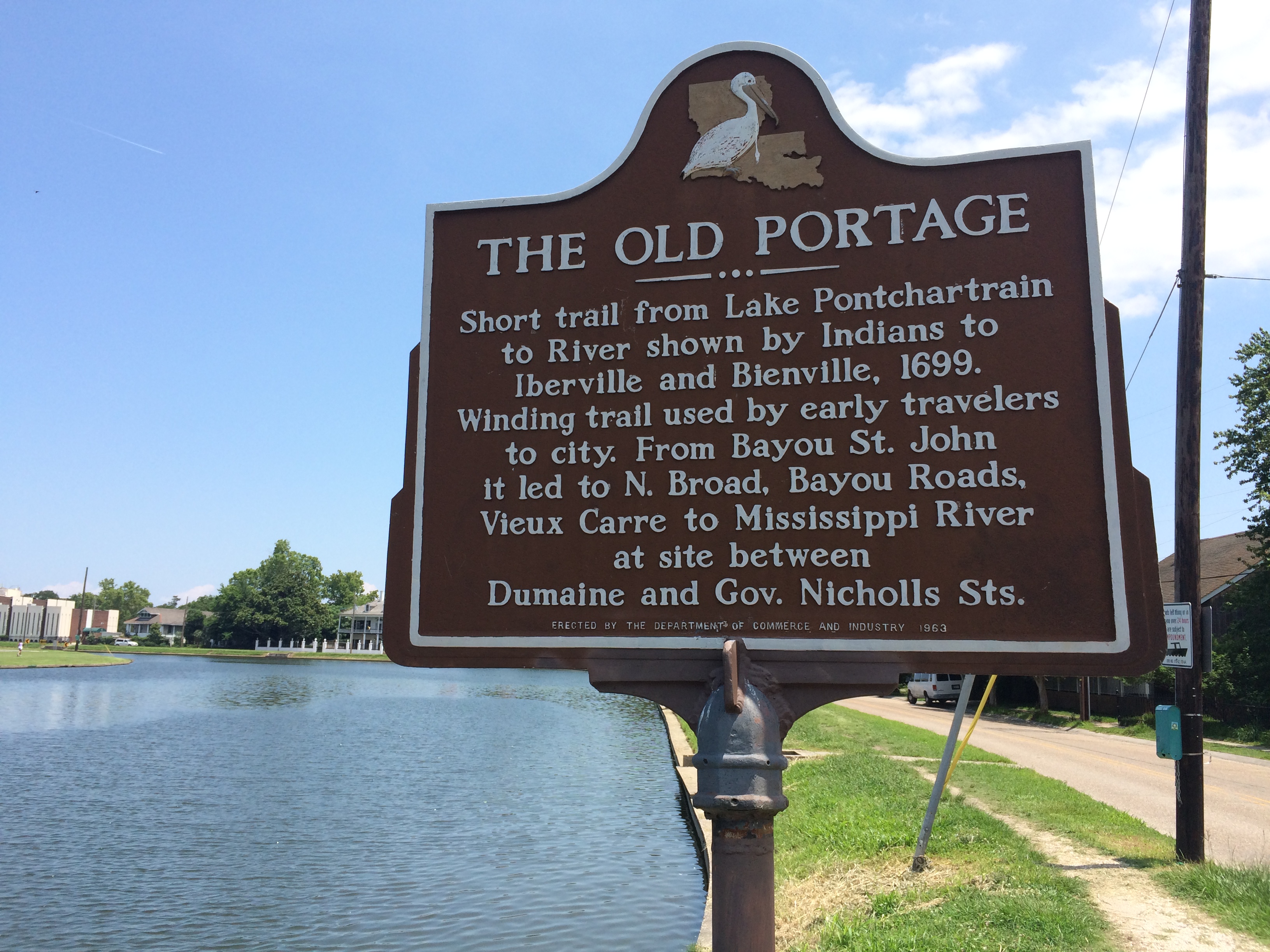
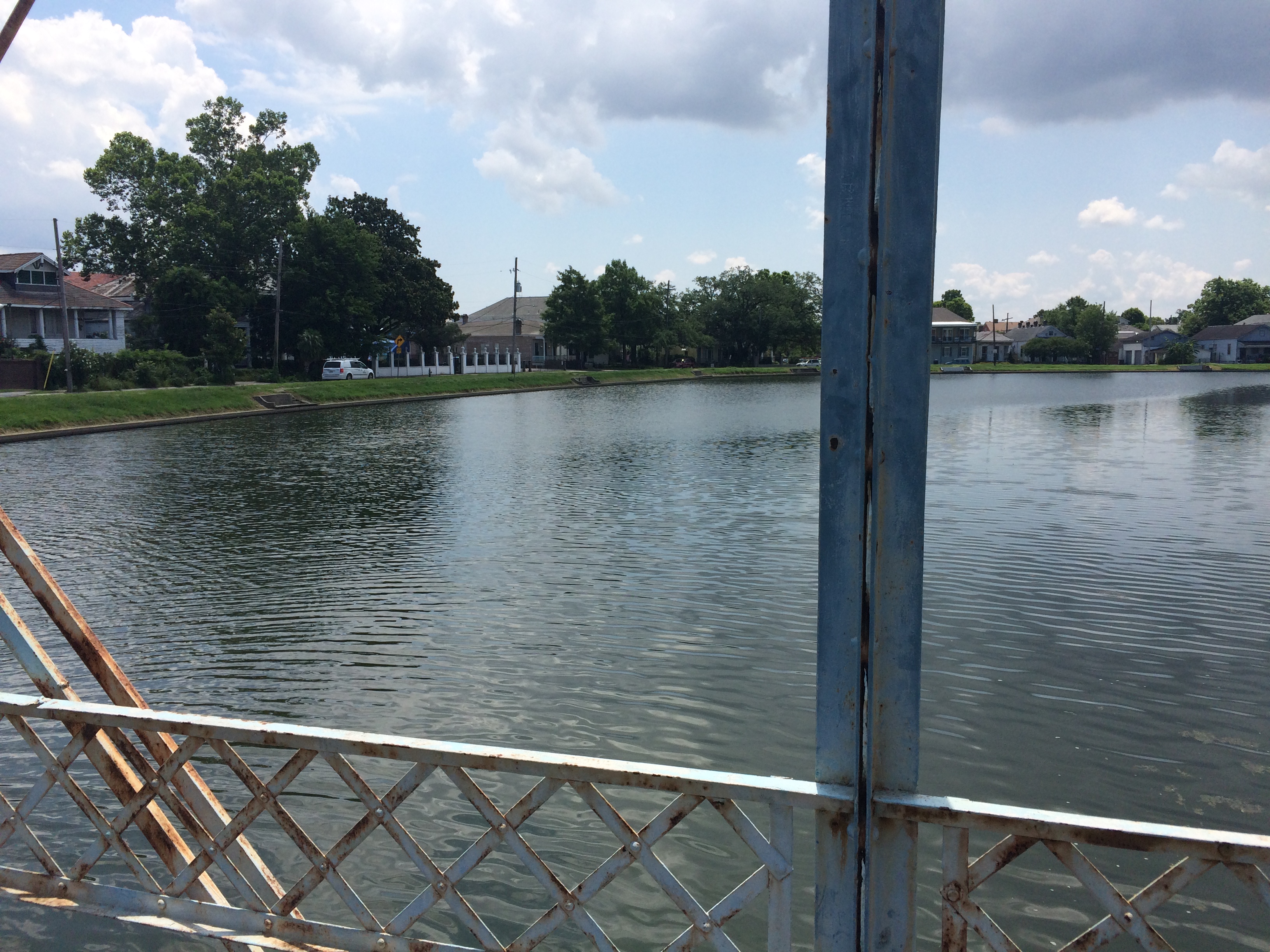
And one of the Bayou St. John neighborhood‘s historic houses, about which I hope to be learning more in the coming months.
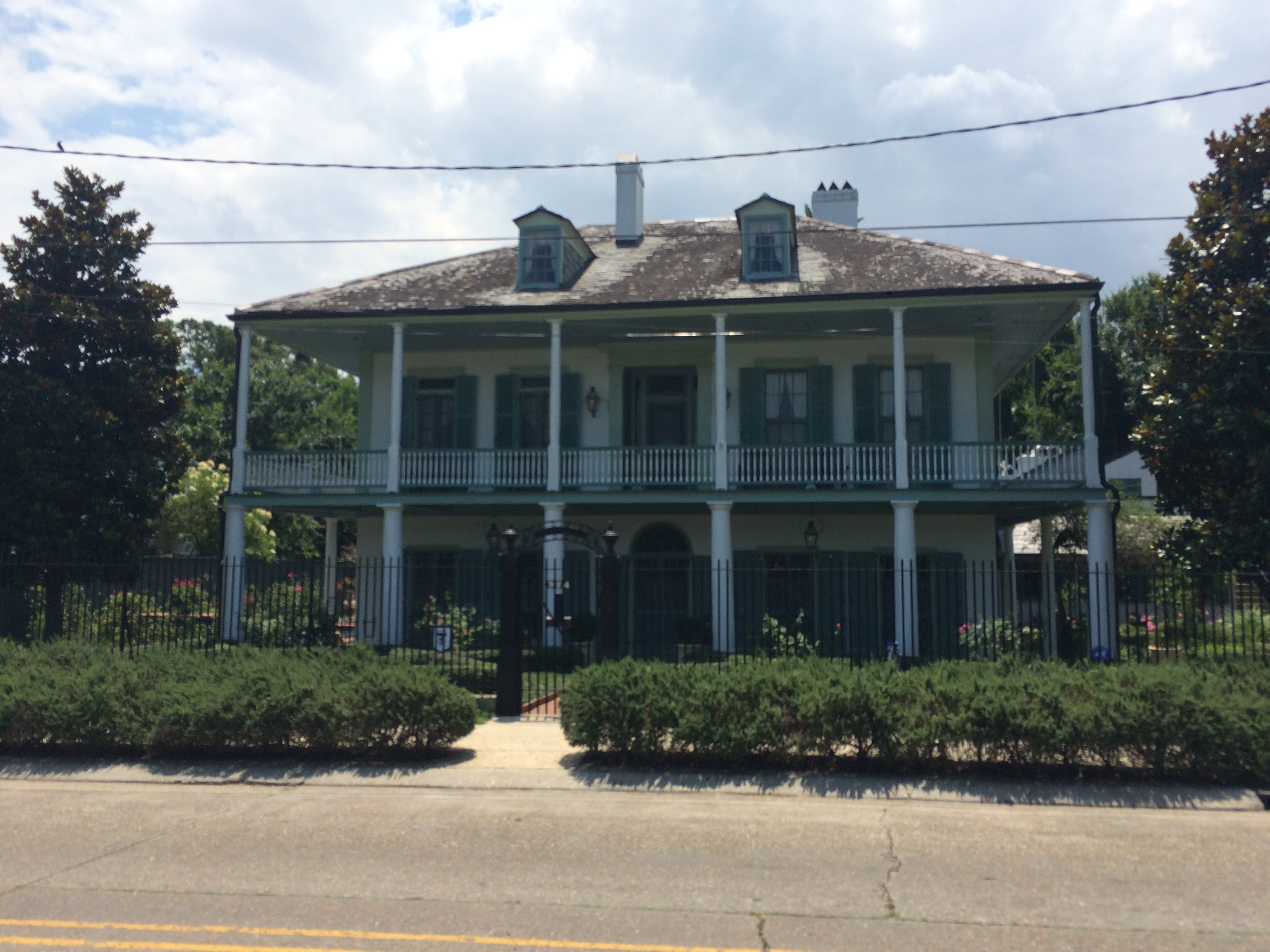
Thank you for reading. More to come! Research officially begins tomorrow….